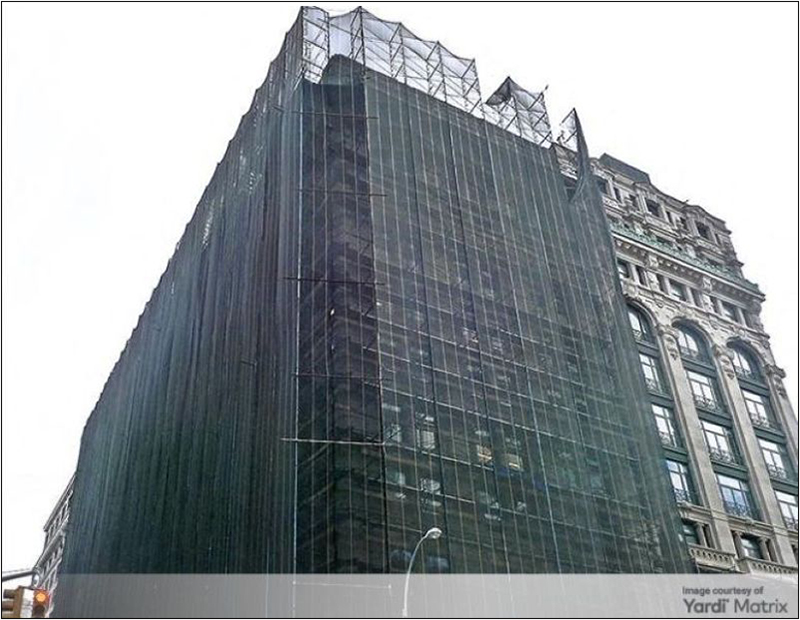Why Worry About Rates? We’ve Been Here Before
There’s a familiar feeling among CRE investors about the current market correction.
“It’s like déjà vu all over again.” Yogi Berra
The privilege of growing old is that nothing discombobulates you anymore—not even a trading day so bad it earns the moniker “Black.” Both Nasdaq and Nikkei had particularly bad days in the last few months, driven first by a Yen-carry trade debacle and then economic slowdowns. Fears around an overvalued stock market, cooling labor markets and ballooning budget deficits have an eerie familiarity.
The mood music in financial markets seems to have deteriorated with astonishing speed with a disproportionate impact ascribed to the latest U.S. jobs reports. Should we, as long-term investors in real estate, be nervous or merely shrug off the turbulence?
The case for being nervous runs as follows. The generative AI hype was overdone and reflected in inflated equity market valuations. A stock market correction was due and took place when the market saw Warren Buffet halve his stake in Apple and Intel when they announced layoffs. This happened concurrently to the market concern about the health of the U.S. job market and the U.S. consumer.
There’s no doubt that the economy is slowing, but money supply has also remained incredibly high and likely incentivized the Fed to be cautious with rate cuts. At the time of this writing, the market has priced in a total of 100 basis points of cuts by year-end. Those who believe this narrative will be relieved at the prospect of fast falling interest rates and the impact on real estate investors’ cost of borrowing. But there is still uneasiness about whether the Fed has waited too long to avoid a U.S. recession in 2025, with the resulting negative impact on leasing markets.

And here’s another narrative. Tech looks to have been overvalued, but that’s not the whole market. The labor market, while weakening slightly, is still remarkably robust by historical standards. The unemployment rate may be edging higher, but employment is still rising.
Commentators warning of an imminent or actual U.S. recession often quote the Sahm Rule: “When the three-month moving average of the national unemployment rate is 0.5 percentage points or more above its low over the prior 12 months, we are in the early months of a recession.” But that only holds true when employment is falling, which currently is not the case.
U.S. GDP growth came in at a robust 3.0 percent quarter-over-quarter annualized in the second quarter and the Atlanta Fed’s tracker would suggest that the third quarter will come in stronger than 2.0 percent.
If you believe the second narrative, then while the U.S. economy is slowing after a period of elevated nominal rates, it is far from recessionary territory, and we should not turn an equity market correction and normalizing job data into a wider panic. If you believe this second narrative, then you can continue to expect fewer and shallower rate cuts, which is less helpful for real estate markets but with the welcome corollary of a stronger economy and leasing markets. I remain of the latter view.
Sabina Reeves is chief economist & head of insights and intelligence at CBRE Investment Management, associate fellow at the University of Oxford and council member of Marlborough College. Follow Sabina on Threads: @sabinareevesconomist or on Linkedin









You must be logged in to post a comment.